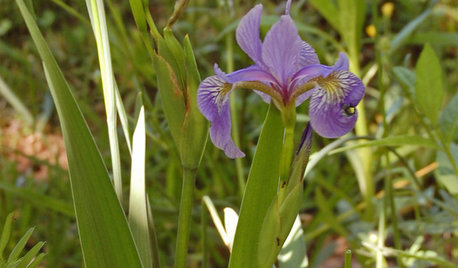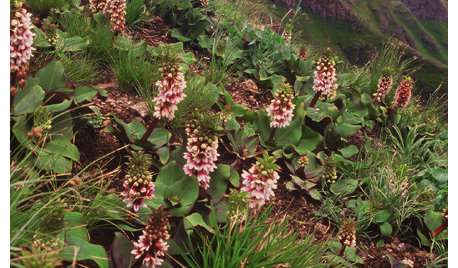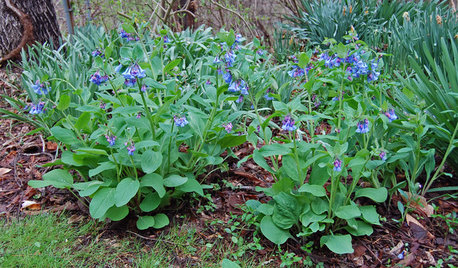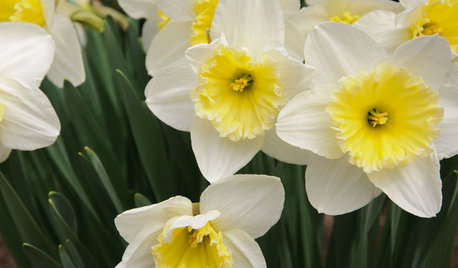Growing wild blue marsh Iris.
braeburn040
11 years ago
Related Stories

BULBSGreat Design Plant: Wild Hyacinth for a Bolt of Blue
Get knockout spring blooms on spiky stems by planting these bulbs before the ground freezes
Full Story
GARDENING GUIDESGreat Design Plant: Iris Versicolor
A versatile native iris for bridging wet and dry gardens
Full Story
GARDENING GUIDES3 Exotic Flowers From the South African Wild
Add an enticing note to a garden border or patio container with these sophisticated and memorable African plants
Full Story
GARDENING GUIDESSmall Carpenter Bees Are Looking for a Home in Your Plant Stems
Provide flowers and nesting sites in your garden for this beautiful, tiny, metallic blue wild bee — your plants will thank you
Full Story
GARDENING GUIDESGreat Design Plant: Mertensia Virginica
Virginia bluebells provides relief from winter with a big display of color
Full Story
GARDENING GUIDESBoxwood: Still Shape-Shifting After 350 Years
Wild or mild, the humble boxwood still brings style and order to all kinds of gardens
Full Story
GARDENING GUIDESGreat Lakes Gardener's April Checklist
Watch your garden light up with bulbs, go wild for wildflowers and be kind to wildlife visitors
Full Story
FALL GARDENINGReflecting on a Gardening Year
Mistakes and successes, surprises and comforts. The garden helps us grow in new ways every year
Full Story
GARDENING GUIDESGreat Design Plant: Creeping Juniper Holds Its Ground
Add texture and evergreen interest to a layered garden with this low-maintenance, good-looking ground cover
Full Story
GARDENING GUIDES10 Deer-Resistant Native Flowers to Plant This Fall
Learn about natives that embrace some kinds of wildlife but resist grazing deer
Full Story





morz8 - Washington Coast
braeburn040Original Author
Related Professionals
Fort Lee Landscape Architects & Landscape Designers · Gainesville Landscape Contractors · Salem Landscape Contractors · Stamford Landscape Contractors · Burien Landscape Contractors · Cornelius Landscape Contractors · Fort Worth Landscape Contractors · Hannibal Landscape Contractors · Las Vegas Landscape Contractors · Olympia Landscape Contractors · Vacaville Landscape Contractors · West Chicago Landscape Contractors · Hueytown Landscape Contractors · Carol Stream Carpenters · Tucson Carpentersplaidbird
morz8 - Washington Coast
morz8 - Washington Coast
braeburn040Original Author
braeburn040Original Author
morz8 - Washington Coast
braeburn040Original Author
plaidbird
plaidbird
morz8 - Washington Coast
plaidbird
plaidbird
plaidbird